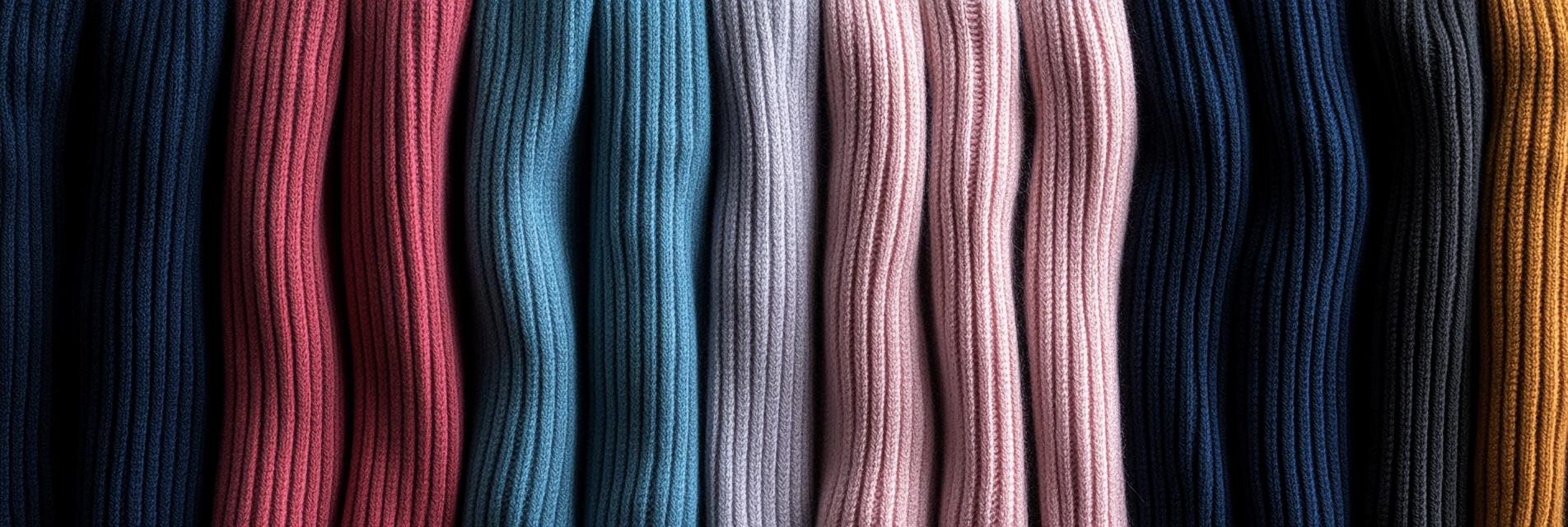Ribbed knit fabrics are a crucial component in the production of sweatshirts, providing both functionality and style. These fabrics have unique characteristics that distinguish them from other knit types, making them ideal for casual and athletic wear.

Ribbed knits are characterized by their raised vertical lines, created by alternating knit and purl stitches. This structure not only adds to the aesthetic appeal of the fabric but also enhances its elasticity, allowing for better fit and comfort during wear.
One of the primary benefits of using ribbed knit fabrics in sweatshirts is their durability. The knit structure provides a unique stretch that can withstand frequent use, making them perfect for active lifestyles. Additionally, ribbed fabrics can help retain shape over time, ensuring that the garment looks good season after season.
Ribbed knit fabrics are versatile and can be found in various styles of sweatshirts, including hoodies, crewnecks, and zip-up designs. Their ability to combine style and comfort makes them a popular choice among consumers. Moreover, manufacturers can easily blend ribbed knits with other materials to achieve different textures and appearance.
In conclusion, ribbed knit fabrics play a significant role in the apparel manufacturing industry, especially for sweatshirt production. Understanding their technical aspects, benefits, and applications is essential for designers and manufacturers seeking to create high-quality, fashionable products that meet consumer demands.
